Staking An Amaryllis: Types Of Amaryllis Support Stakes
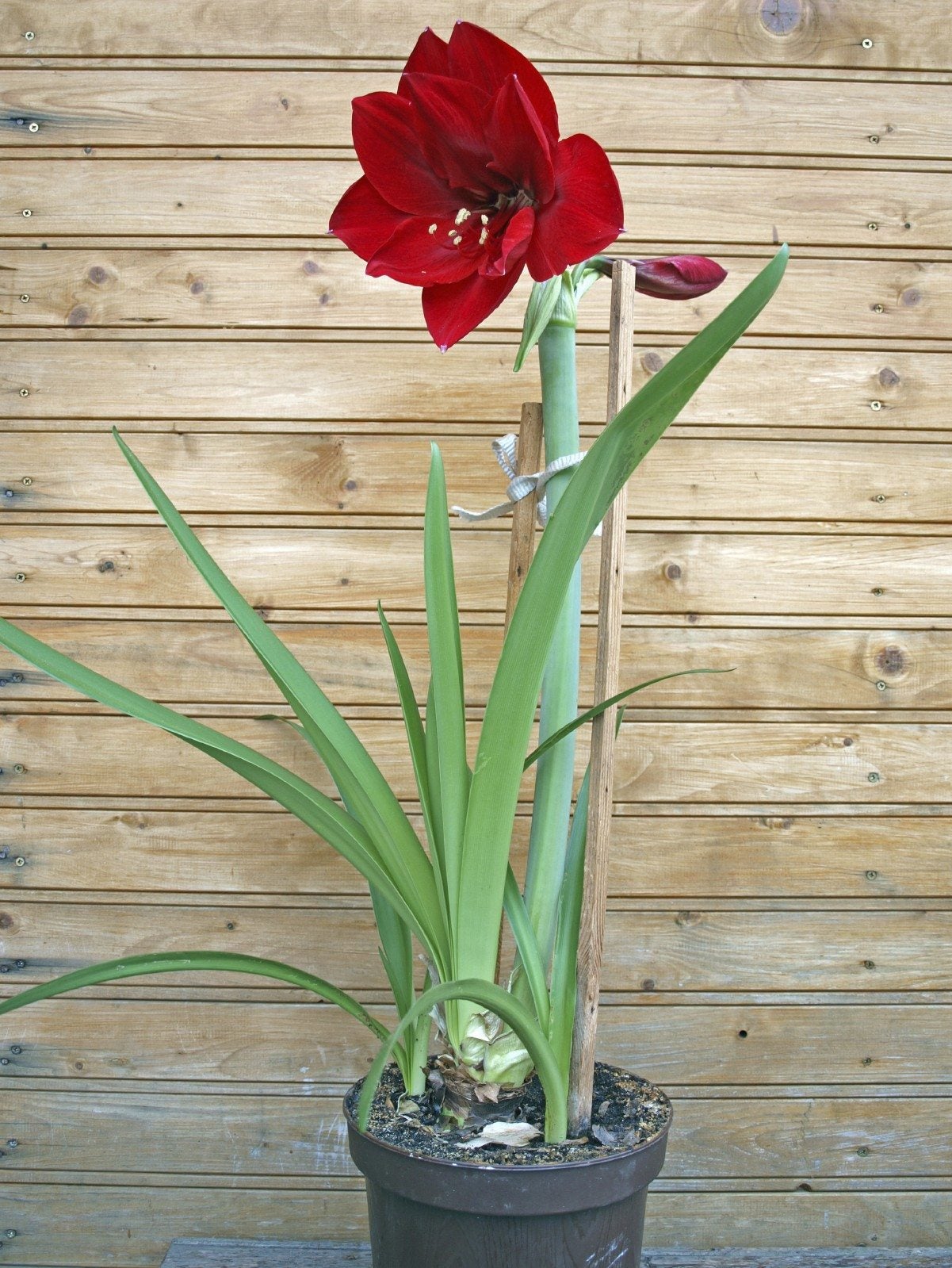

Gardeners love amaryllis (Hippeastrum sp.) for their simple, elegant blossoms and their fuss-free cultural requirements. The tall amaryllis stalks grow from bulbs, and each stalk bears four huge blooms that are excellent cut flowers. If your blooming plant gets top-heavy, you might need to learn about staking an amaryllis. Read on for information about amaryllis care when your plant requires a little extra support.
Staking an Amaryllis
You’ll have to start staking an amaryllis when the stems threaten to topple under the weight of the flowers. This is especially likely if you are growing a cultivar that offers large, double blossoms, like ‘Double Dragon.’ The idea behind staking amaryllis plants is to provide them with amaryllis support stakes that are stronger and sturdier than the stems themselves. On the other hand, you don’t want to use anything so big that the amaryllis plant support detracts from the beauty of the long-legged flower.
Ideal Support for Amaryllis
The support for amaryllis plants must include two parts. Your amaryllis plant support stake must have both the stake that is inserted into the ground beside the stem and also something attaching the stem to the stake. Ideal amaryllis support stakes are about the thickness of a wire clothes hanger. You can buy them in commerce, but it is cheaper to make your own.
Making Amaryllis Support Stakes
In order to create a stake for supporting an amaryllis, you need one wire clothes hanger, plus wire clippers and a pair of needle-nose pliers. Be sure to choose a sturdy hanger, not a flimsy one. Clip off the top section (the hanger section) from the clothes hanger. Straighten out the wire using the needle-nose pliers. Now create a rectangle at one end of the wire. This will attach the plant stems to the stake. The rectangle should end up 1.5 inches (4 cm.) wide by 6 inches (15 cm.) long. Use the needle-nose pliers to make 90-degree bends in the wire. Make the first bend at 2.5 inches (6 cm.) instead of 1.5 inches (4 cm.), to allow sufficient wire for a clasp. Make the second 90-degree bend 6 inches (15 cm.) later, the third should be 1.5 inches (4 cm.) after that. Bend back the first inch (2.5 cm.) of the 2.5 inch (6 cm.) segment in a U-shape. Then bend the entire rectangle so it is perpendicular to the length of the wire with the open side facing up. Insert the bottom end of the stake into the “leaf edge” side of the bulb. Push it in close to the bulb nose and keep pushing until it touches the bottom of the pot. Open the “latch” of the rectangle, gather flower stems into it, then close it again.
Gardening tips, videos, info and more delivered right to your inbox!
Sign up for the Gardening Know How newsletter today and receive a free copy of our e-book "How to Grow Delicious Tomatoes".

Teo Spengler is a master gardener and a docent at the San Francisco Botanical Garden, where she hosts public tours. She has studied horticulture and written about nature, trees, plants, and gardening for more than two decades. Her extended family includes some 30 houseplants and hundreds of outdoor plants, including 250 trees, which are her main passion. Spengler currently splits her life between San Francisco and the French Basque Country, though she was raised in Alaska, giving her experience of gardening in a range of climates.
-
 Try The Trend – Turn Any Bed Into A Keyhole Garden With This Clever In-Ground Composter
Try The Trend – Turn Any Bed Into A Keyhole Garden With This Clever In-Ground ComposterKeyhole gardening is an efficient and sustainable practice that saves space. Get started on this DIY project quickly and easily with an in-ground composter.
By Bonnie L. Grant
-
 4 Superfast Composting Methods: Turn Waste Into Garden Gold In 30 Days Or Less
4 Superfast Composting Methods: Turn Waste Into Garden Gold In 30 Days Or LessTry the fastest composting methods to turbocharge your pile and transform kitchen scraps and garden waste into finished compost in just a few weeks.
By Mary Ellen Ellis
-
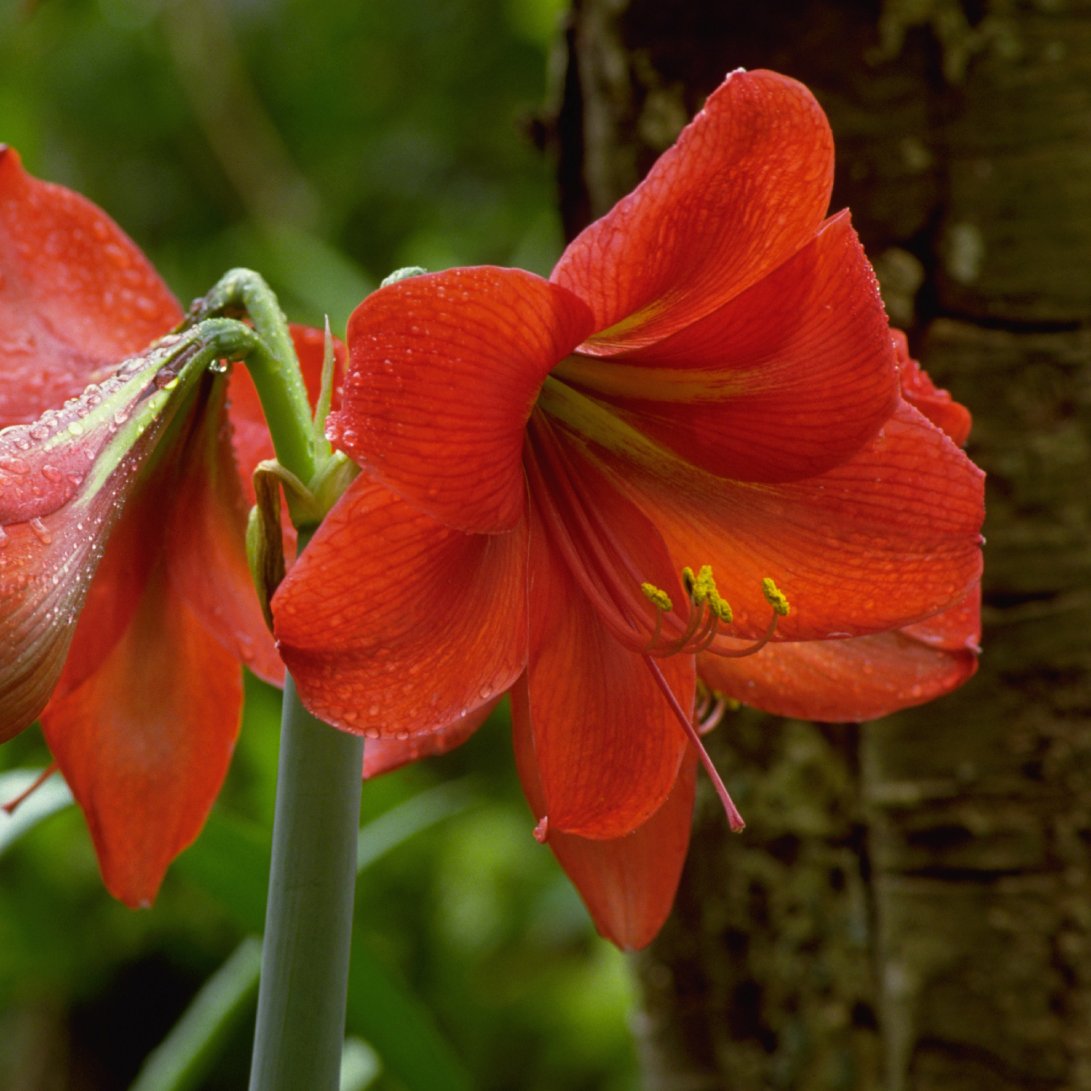 Amaryllis Southern Blight Disease: Recognizing Amaryllis Southern Blight Symptoms
Amaryllis Southern Blight Disease: Recognizing Amaryllis Southern Blight SymptomsBy Mary Ellen Ellis
-
 Amaryllis Has Leaf Scorch – Controlling Red Blotch Of Amaryllis Plants
Amaryllis Has Leaf Scorch – Controlling Red Blotch Of Amaryllis PlantsBy Tonya Barnett
-
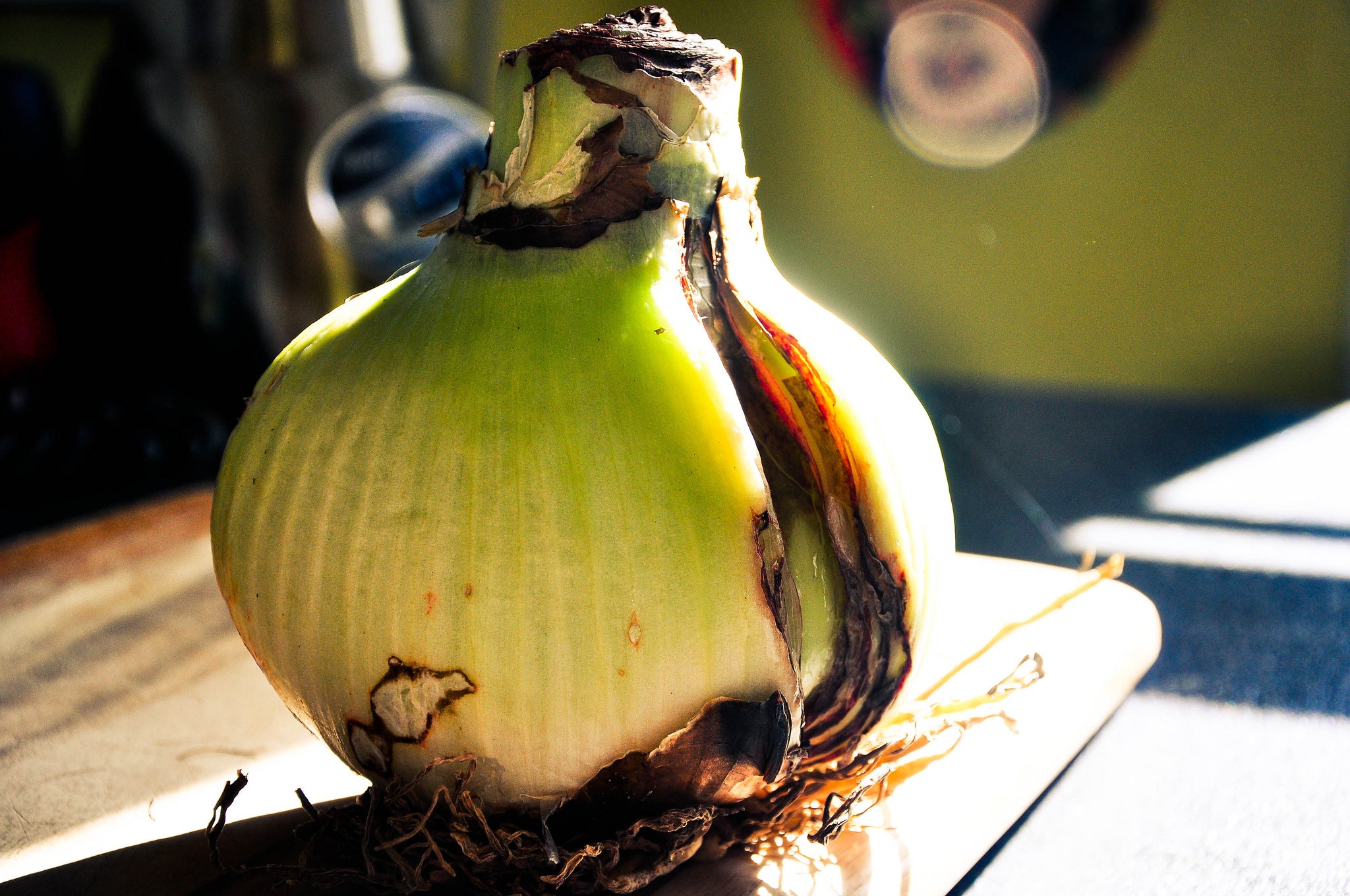 Amaryllis Bulb Rot – What Causes Rotten Amaryllis Bulbs
Amaryllis Bulb Rot – What Causes Rotten Amaryllis BulbsLike many potted plants, diseases and issues related to fungal infections can be detrimental to the development of the plant and may even cause it to die before it is able to bloom. Amaryllis bulb rot is one such issue. Learn more about this problem in the following article.
By Tonya Barnett
-
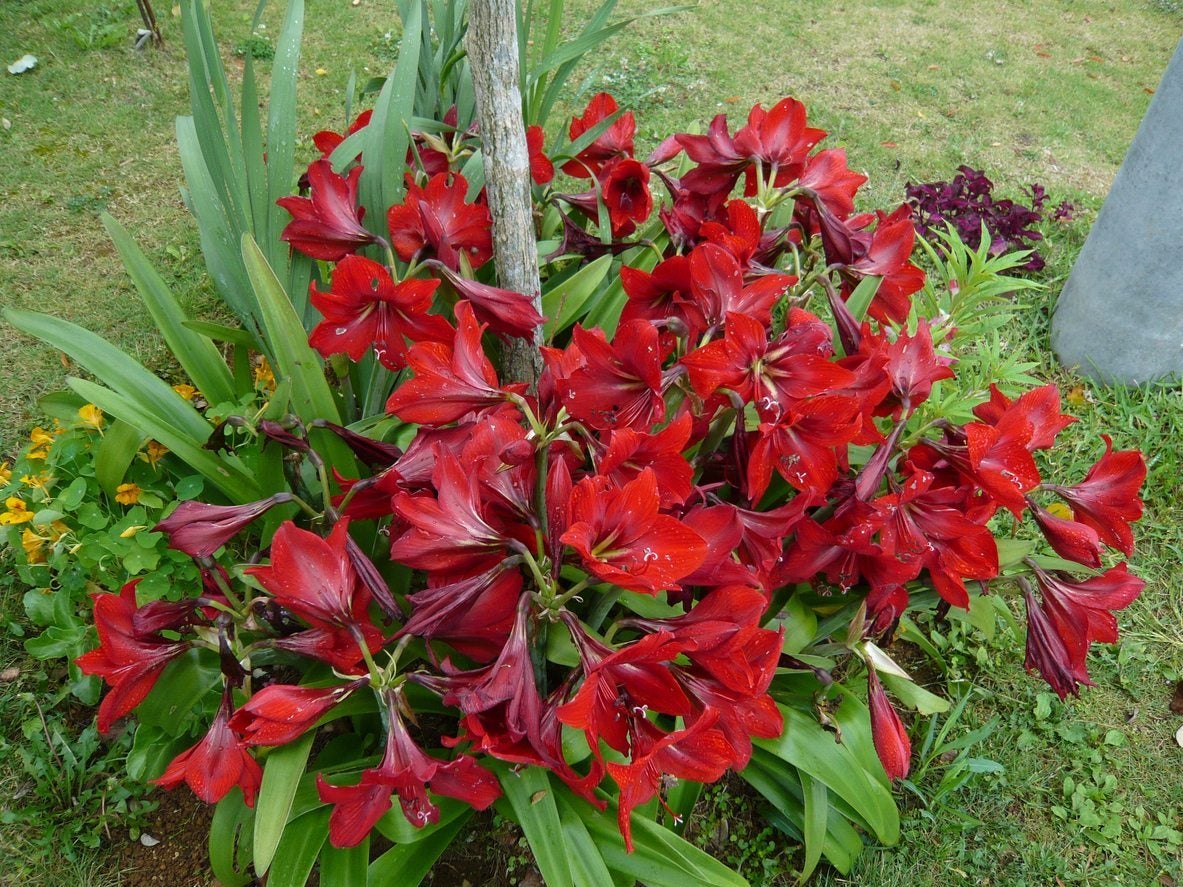 Separating Amaryllis Plants: How To Divide Amaryllis Bulbs In The Garden
Separating Amaryllis Plants: How To Divide Amaryllis Bulbs In The GardenLike many bulbs, in time and with the right environmental conditions, outdoor amaryllis bulbs will reproduce and naturalize. Amaryllis plant division is not only a way to control amaryllis colonies, but it also keeps plants healthy. Click here to learn more.
By Darcy Larum
-
 Complete Guide To Repotting Amaryllis – For Better Blooms & A Healthier Plant
Complete Guide To Repotting Amaryllis – For Better Blooms & A Healthier PlantAmaryllis plants don't need a lot of elbow room, but they do have to be repotted every 3-5 years. Wait until they're dormant and pick a slightly bigger pot.
By Teo Spengler
-
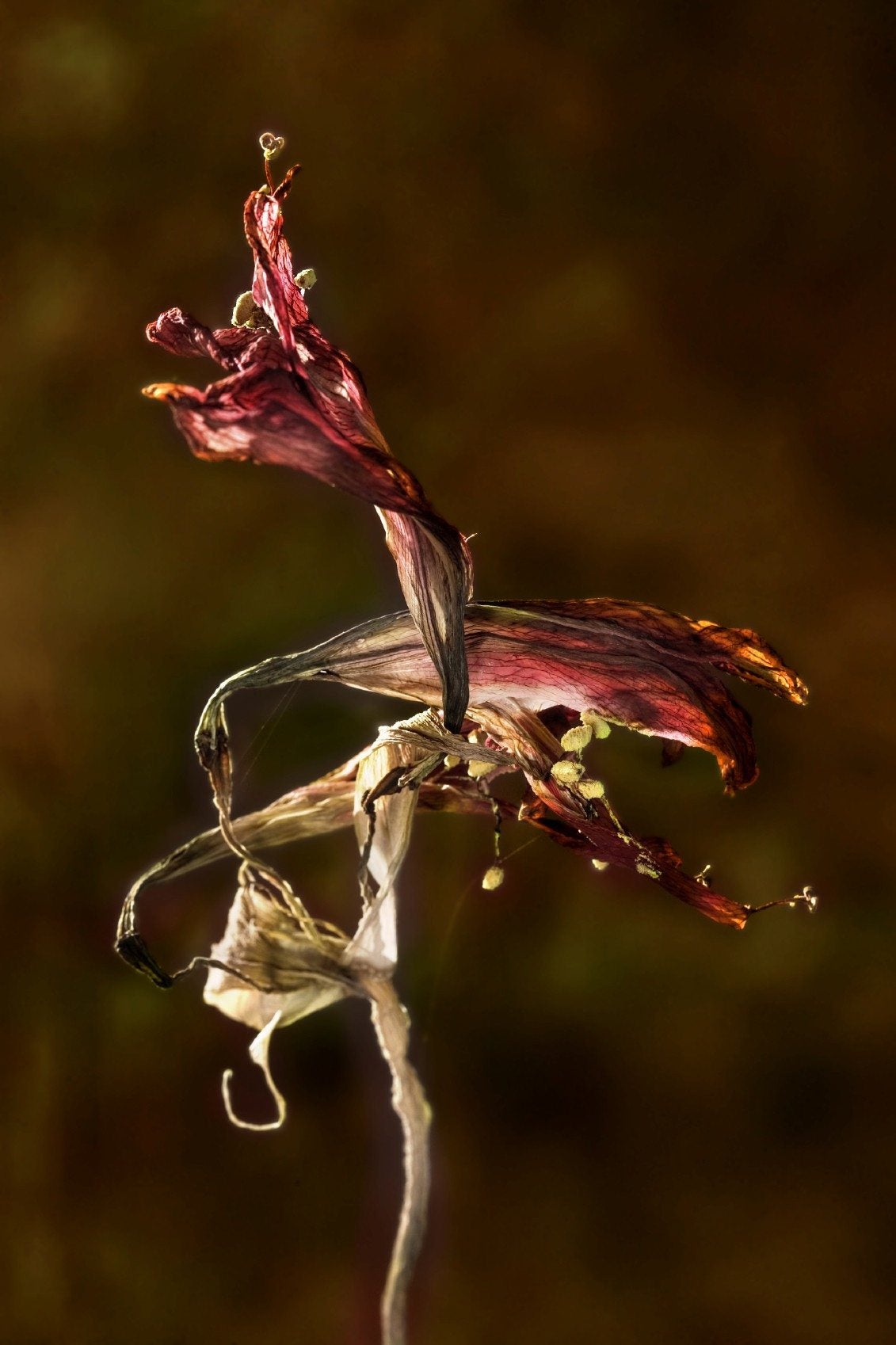 Amaryllis Seed Propagation: How To Plant An Amaryllis Seed
Amaryllis Seed Propagation: How To Plant An Amaryllis SeedIf you have some patience, you can produce and germinate your own amaryllis seed pods. Learn more about amaryllis seed propagation and how to plant an amaryllis seed in the article that follows. Click here for more information.
By Liz Baessler
-
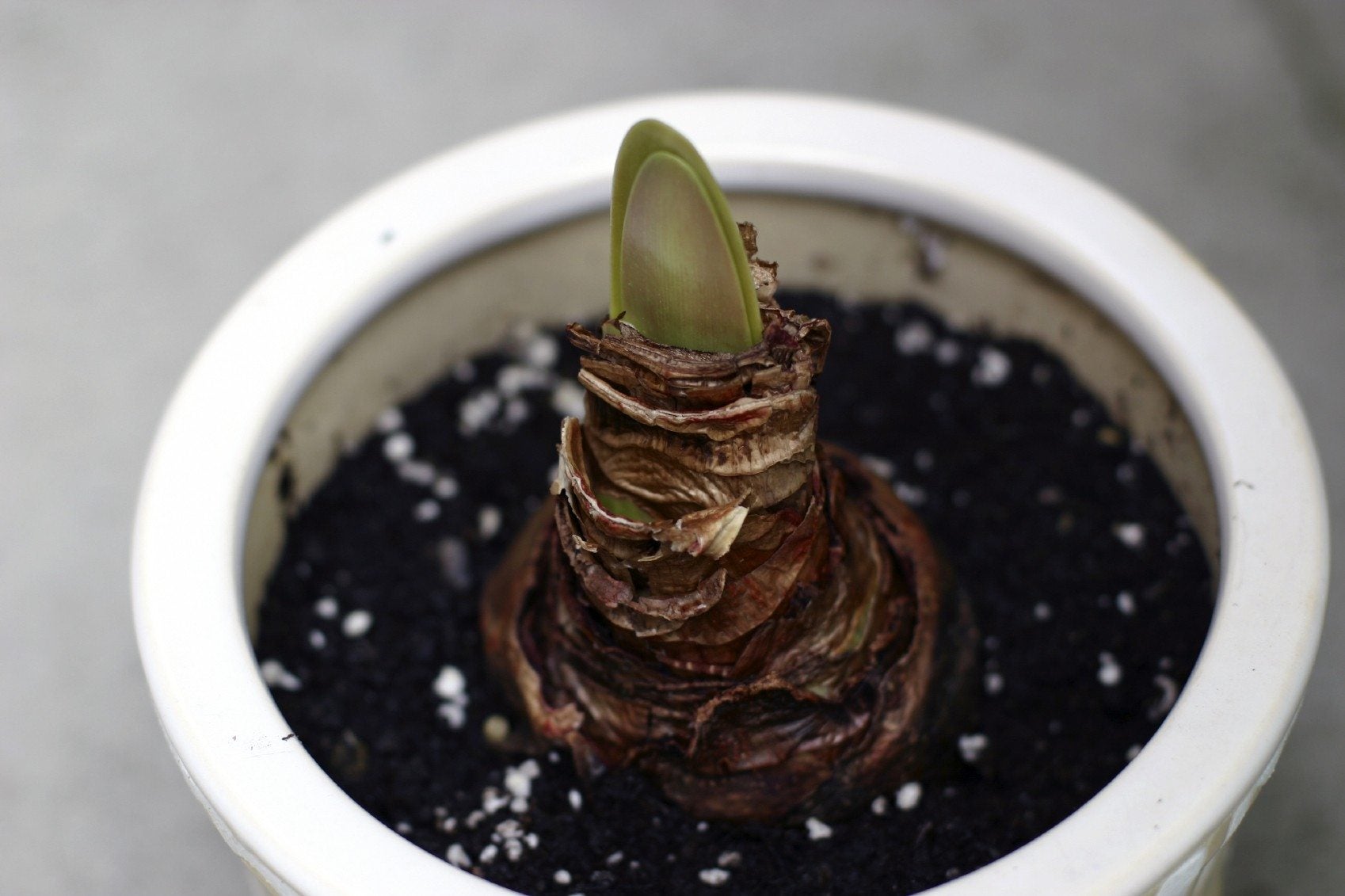 Soil For Amaryllis Plants – What Kind Of Soil Does Amaryllis Need
Soil For Amaryllis Plants – What Kind Of Soil Does Amaryllis NeedBecause it blooms in winter or early spring, amaryllis is almost always kept in a pot indoors, so you have more say in the kind of soil it grows in. So what kind of soil does amaryllis need? Learn about amaryllis soil requirements in this article.
By Liz Baessler
-
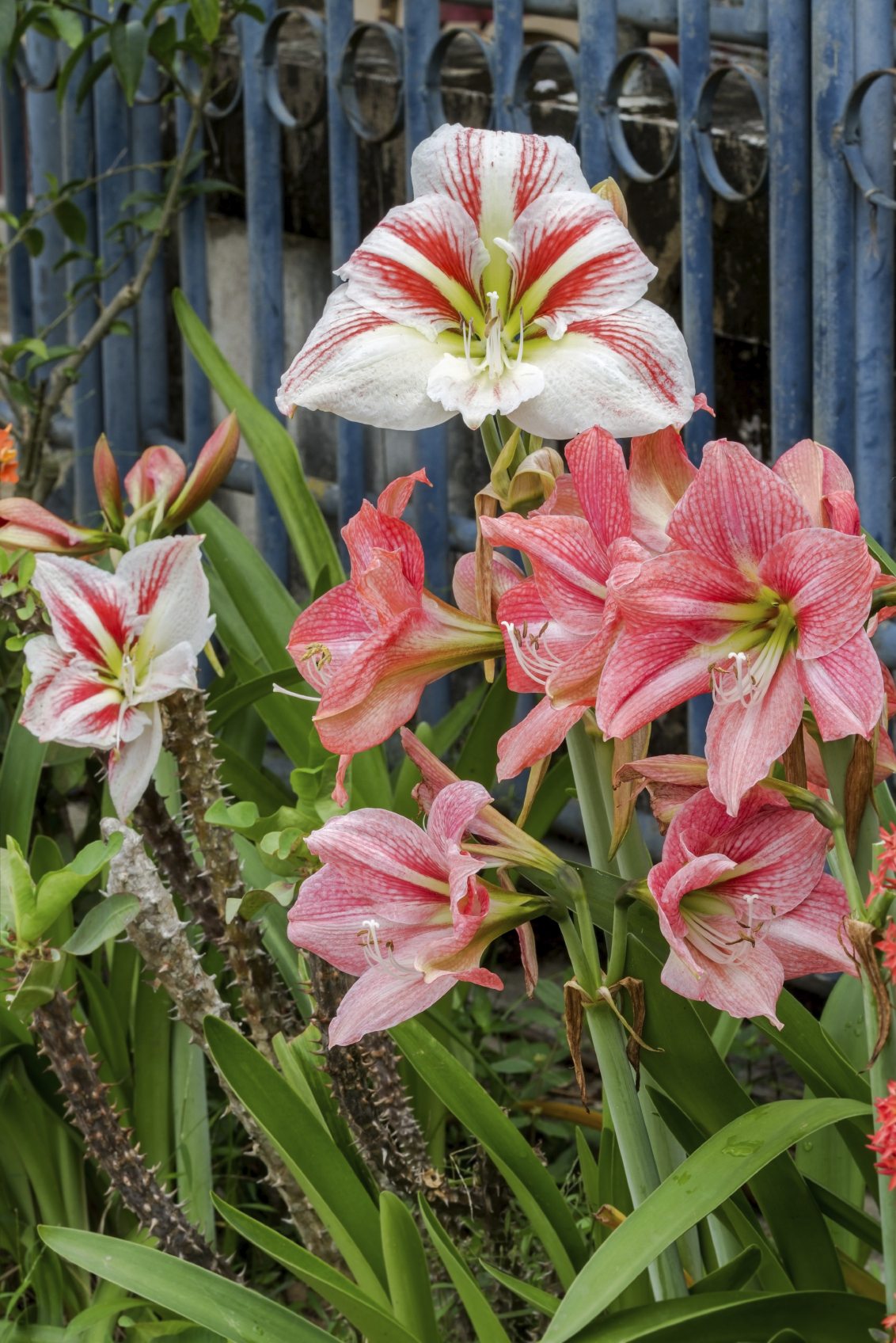 Amaryllis Flower Varieties: Different Types Of Amaryllis
Amaryllis Flower Varieties: Different Types Of AmaryllisAmaryllis is available in a variety of shapes and colors; in fact, almost too many different types of amaryllis to count. Click this article to learn about just a few of the many amaryllis flower varieties on the market.
By Mary H. Dyer